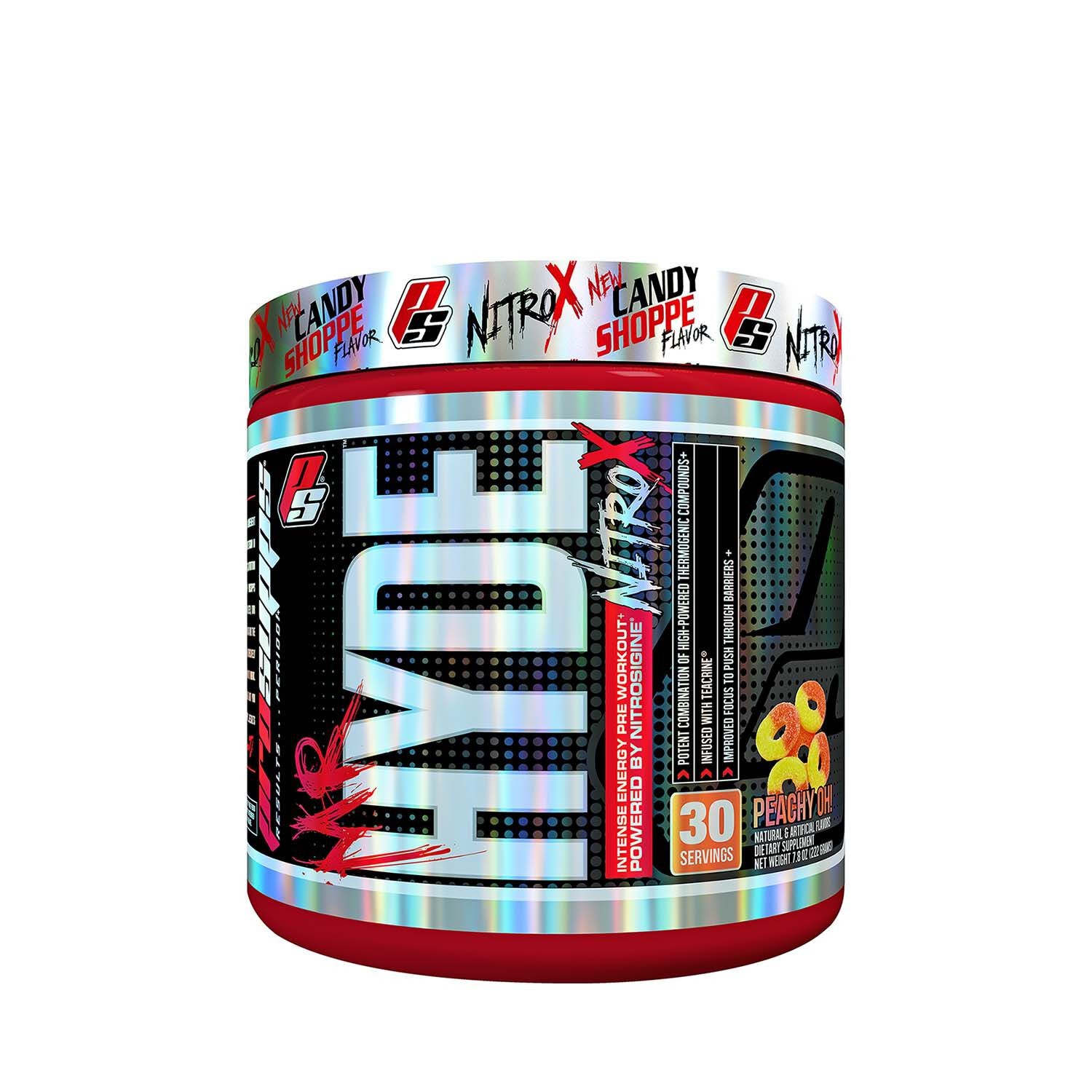Estimating your daily protein intake is crucial for maintaining a healthy diet. Keeping a food record for a couple of days helps track what and how much you eat and drink. Afterward, you can calculate the protein content using food labels or the information provided below.
Protein Content in Common Foods
The following table provides approximate protein amounts for various food items. Remember that these values can vary, so always check the nutrition facts label when available.
| Food | Portion | Protein (g) (approximate) |
|---|---|---|
| Meat, fish, or poultry (cooked) | 75 g (2 ½ oz) / 125 mL (½ cup) | 21 |
| Pumpkin seeds | 60 mL (¼ cup) | 17 |
| Yogurt, Greek style | 175 mL (¾ cup) | 14 |
| Cottage cheese | 125 mL (½ cup) | 13 |
| Hemp seeds | 60 mL (¼ cup) | 13 |
| Firm tofu | 150 g / 175 mL (¾ cup) | 12 |
| Beans, peas, or lentils (cooked) | 175 mL (¾ cup) | 12 |
| Egg, chicken | 2 large | 12 |
| Cheese | 50 g (1 ½ oz) | 12 |
| Cow’s milk | 250 mL (1 cup) | 9 |
| Peanuts | 60 mL (¼ cup) | 9 |
| Peanut butter (natural) | 30 mL (2 Tbsp) | 8 |
| Almonds | 60 mL (¼ cup) | 8 |
| Almond butter (plain) | 30 mL (2 Tbsp) | 7 |
| Yogurt | 175 mL (¾ cup) | 7 |
| Fortified soy beverage | 250 mL (1 cup) | 7 |
| Sunflower seeds | 60 mL (¼ cup) | 7 |
| Sunflower seed butter (plain) | 30 mL (2 Tbsp) | 6 |
| Walnuts | 60 mL (¼ cup) | 5 |
| Cashews | 60 mL (¼ cup) | 5 |
| Cashew butter (plain) | 30 mL (2 Tbsp) | 4 |
| Bread | 1 slice (35 g) | 4 |
| Pasta (cooked) | 125 mL (½ cup) | 4 |
| Quinoa (cooked) | 125 mL (½ cup) | 4 |
| Cereals, hot | 175 mL (¾ cup) | 2 to 4 |
| Cereals, cold | 30 g | 3 |
| Rice (cooked) | 125 mL (½ cup) | 3 |
| Fortified plant-based beverages (almond, cashew, rice) | 250 mL (1 cup) | 1 |
| Vegetables | 125 mL (½ cup) or 250 mL (1 cup) lettuce | 1 |
| Fruit | 1 fruit or 125 mL (½ cup) | 1 |
Source: Canadian Nutrient File, 2015.
Do You Need Protein Powder?
For most individuals, obtaining sufficient protein from whole foods is entirely feasible. However, protein powder can be a convenient option if you struggle to meet your protein needs through diet alone.
Protein powders are generally derived from dairy (whey or casein) or plant sources (soy or pea). When selecting a protein powder, opt for a simple formula without added sweeteners, vitamins, minerals, or herbal supplements.
 Various types of protein powders displayed on a shelf
Various types of protein powders displayed on a shelf
Protein powders typically offer 10 to 30 grams of protein per serving, but scoop sizes vary. Always refer to the nutrition facts table on the product label to determine the exact protein content.
Maximizing Protein Intake: Key Considerations
Understanding How Much Protein In Food is essential for designing a balanced diet.
- Variety is Key: Include a diverse range of protein sources to ensure you obtain all essential amino acids.
- Read Labels: Pay close attention to nutrition labels to accurately track your protein intake.
- Timing Matters: Consider distributing your protein intake throughout the day to optimize muscle protein synthesis.
By understanding how much protein in food you’re consuming, you can make informed dietary choices to support your health and fitness goals.
